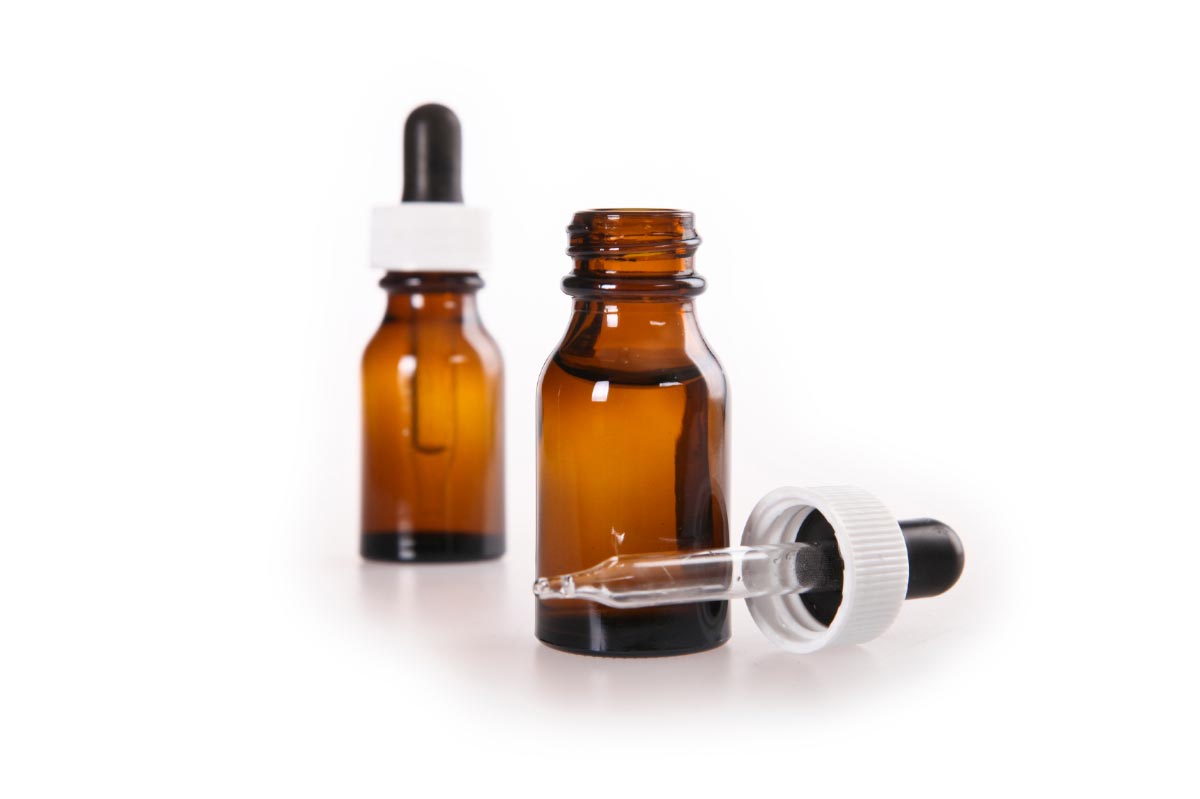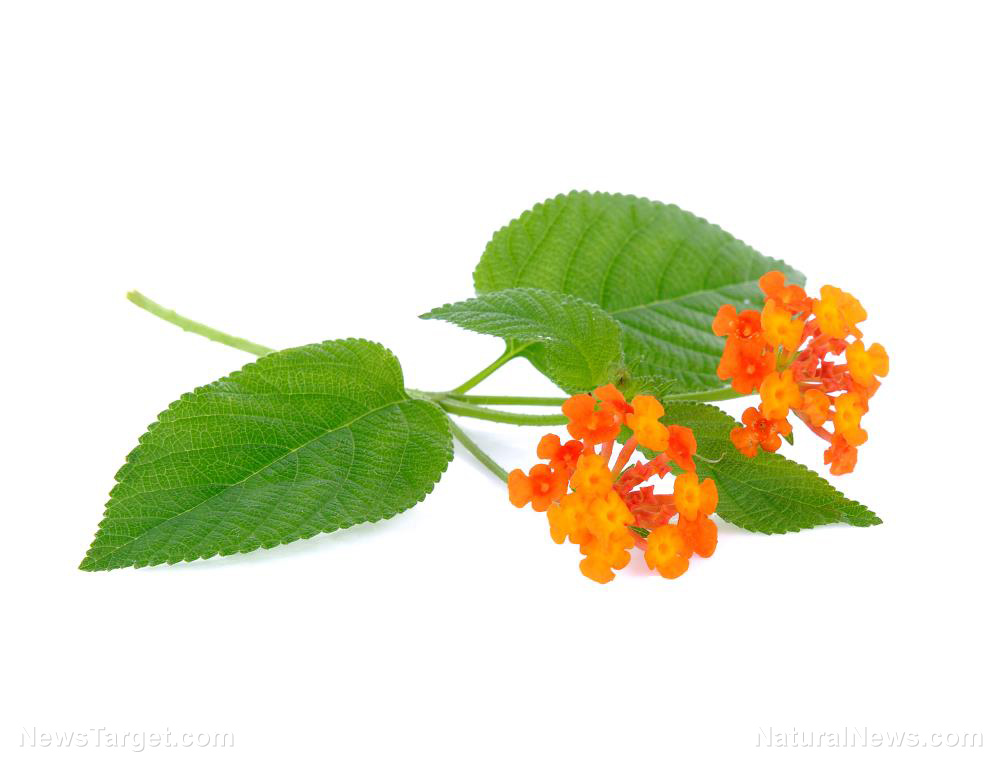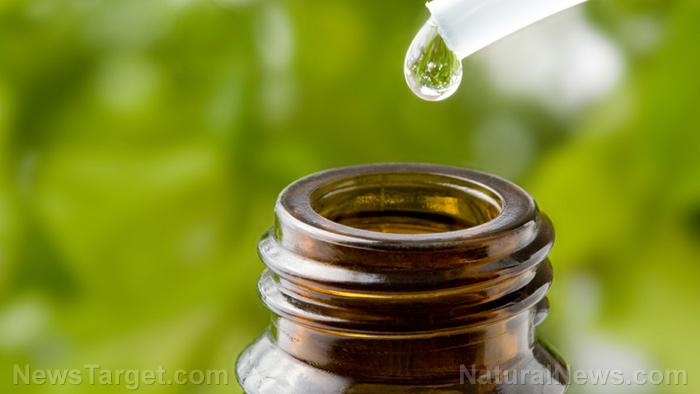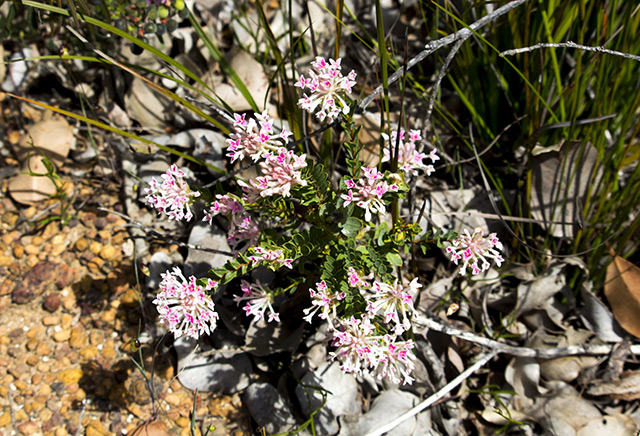Researchers look at several Indonesian medicinal plants as potential natural cures for malaria
12/04/2018 / By Ellaine Castillo

Malaria is a common parasitic disease, affecting more than 216 million people and putting more than 3.2 billion people at risk. Majority of the recorded malaria deaths can be attributed to Plasmodium falciparum infection since this parasite was observed to be resistant to most antimalarial drugs. Plants are now being explored for novel antimalarial compounds since these are more accessible to people in developing countries who are most affected by malaria. A study published in the Journal of Herbal Medicine looked at the potential of five Indonesian medicinal plants in treating malaria. The plants included in this study are Mexican sunflower (Tithonia diversifolia), green grass jelly (Cyclea barbata), patawali (Tinospora crispa), yellow fruit moonseed (Arcangelisia flava), and namu-namu (Pycnarrhena cauliflora).
Transmission of malaria typically occurs through the bite of a mosquito infected with Plasmodium, which thrives in tropical and subtropical climates. Infected individuals are often treated with antimalarial drugs such as artemisinin but, as previously mentioned, the deadliest malaria parasite is resistant to these drugs. Aside from this, malaria is also highly prevalent in developing countries whose citizens might not be able to afford these drugs. Because of this, naturally-occurring antimalarial compounds are needed.
In Indonesia, many plants are being used for medicinal purposes like treating malaria. Some medicinal plants that have been used for treating malaria are Mexican sunflower, green grass jelly, patawali, yellow fruit moonseed, and namu-namu. Although these plants are widely used in Indonesia for treating malaria, there are only a few studies that explore their antiplasmodial activities.
Aside from being used for treating malaria, these medicinal plants are used for many other purposes. The Mexican sunflower was used as traditional medicine for improving glucose levels, flatulence, and promoting wound healing. Meanwhile, the leaves of green grass jelly are commonly used for treating gastric problems. Patawali, which is highly abundant in the Philippines, is commonly used by natives for treating fever, arthritis, hepatitis, and reducing blood glucose. Similar to patawali, the yellow fruit moonseed is also commonly used for treating hepatitis. Aside from this, it is also commonly used for gastric problems and typhoid fever. Lastly, namu-namu is commonly used for treating flatulence and fever, as well as for adding flavor to their meals.
For this study, antiparasitic activity was determined using in vitro experiments. Extracts were derived from the parts of the plants that are traditionally used. These include Mexican sunflower leaves, the stem and leaves of green grass jelly, patawali and yellow fruit moonseed stem, and the stem and radix of namu-namu. The extracts were then used against P. falciparum. In addition to this, the antiparasitic activity of the extracts was also evaluated against Babesia divergens, a close relative of Plasmodium, and Leishmania infantum, which causes leishmaniasis. Antiparasitic activity was expressed as IC50, which is the concentration needed to inhibit 50 percent of parasite growth.
Results of the study showed that Mexican sunflower, yellow fruit moonseed, and namu-namu exhibited antiplasmodial activity but not green grass jelly and patawali. However, Mexican sunflower also exhibited cytotoxicity so it’s not as interesting as yellow fruit moonseed and namu-namu, which have great selectivity. The antiplasmodial activity of yellow fruit moonseed is attributed to the presence of berberine, which inhibits P. falciparum telomerase. Meanwhile, namu-namu contains alkaloids that have antioxidant properties, which might also have antiplasmodial activity.
Although C. barbarata and patawali did not have antiplasmodial activities in this study, previous studies have shown that they have antiplasmodial activities. They attributed the absence of these properties to the possibility that extracts have extremely high IC50 values.
For antibabesial activity, the researchers observed that there was a positive correlation between antibabesial and antiplasmodial activity. This means that Mexican sunflower, yellow fruit moonseed, and namu-namu also contain antibabesial compounds that can be used for babesiosis treatment. Meanwhile, the researchers also observed that only namu-namu was effective against L. infantum.
Overall, the results of the study suggest that Mexican sunflower, yellow fruit moonseed, and namu-namu can be used as treatments for malaria and babesiosis while, namu-namu alone can treat leishmaniasis. Further investigations of the phytochemical content of these plants can help in the development of standardized preparations for treating malaria, babesiosis, and leishmaniasis. (Related: Herbal medicine achieves stunning 100% cure rate for malaria after all pharmaceutical drugs left patients to DIE.)
Learn more about medicinal plants that are effective against malaria by visiting Cures.news today.
Sources include:
Tagged Under: alternative medicine, Antiparasitic, antiplasmodial, antiprotozoal, Babesiosis, green grass jelly, herbal medicine, Indonesian medicinal plants, leishmaniasis, makabuhay, Malaria, Mexican sunflower, namu-namu, natural cures, natural medicine, parasites, yellow fruit moonseed
RECENT NEWS & ARTICLES
Herbs.News is a fact-based public education website published by Herbs News Features, LLC.
All content copyright © 2018 by Herbs News Features, LLC.
Contact Us with Tips or Corrections
All trademarks, registered trademarks and servicemarks mentioned on this site are the property of their respective owners.




















